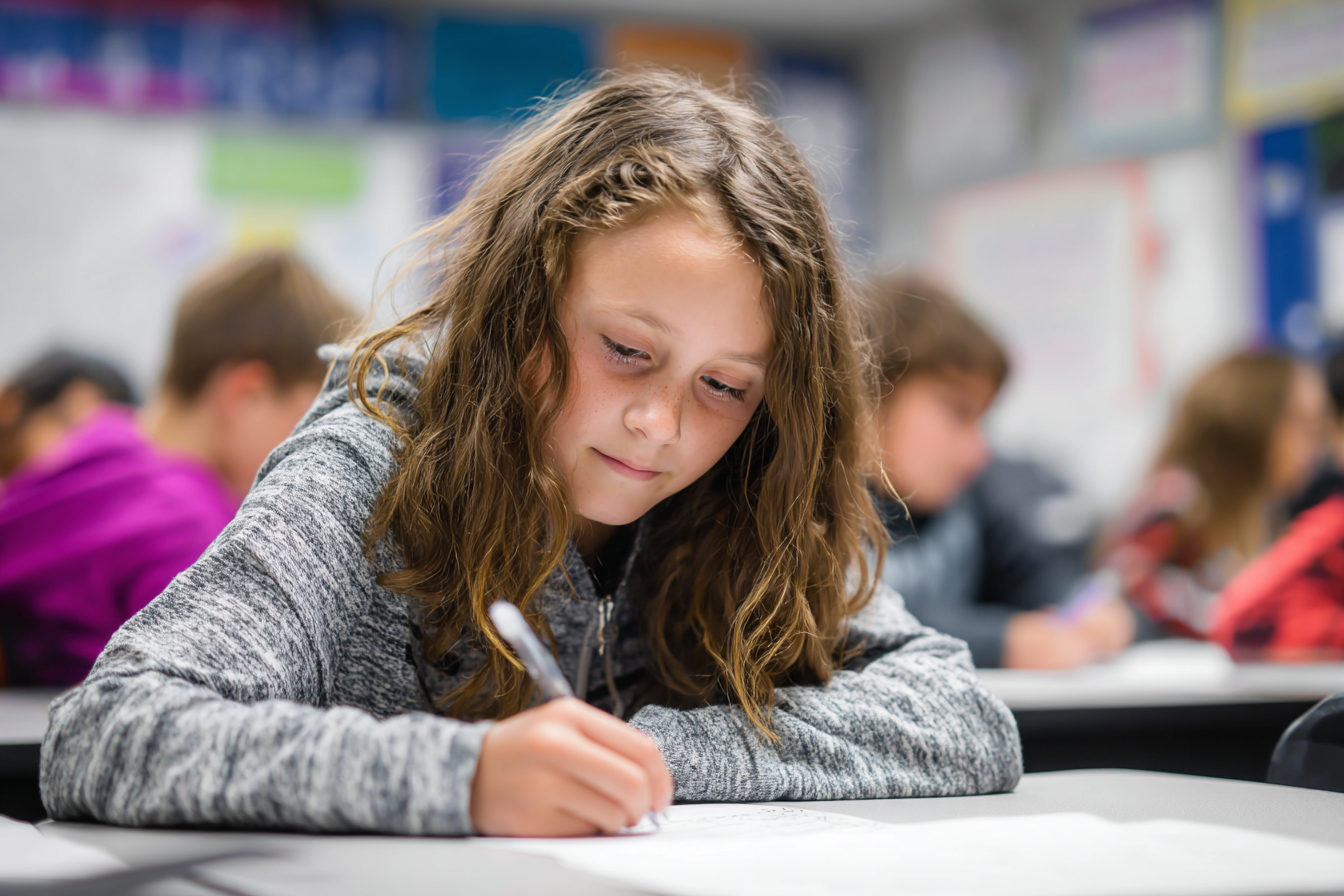Unit Plan 33 (Grade 7 Social Studies): Resistance and Cultural Blending
Explore how enslaved and colonized peoples preserved identity through resistance, adaptation, and cultural blending—creating new languages, religions, arts, and traditions that reshaped global culture under empire.

Focus: Explore how enslaved and colonized peoples preserved traditions, resisted control, and blended cultures to create new identities (religion, language, arts, foodways).
Grade Level: 7
Subject Area: Social Studies (World History • Geography • Civics • Economics • Inquiry)
Total Unit Duration: 5 sessions (one week), 50–60 minutes per session
I. Introduction
Students examine everyday and organized forms of resistance (maroon communities, work slowdowns, hidden transcripts) and track cultural diffusion and syncretism (creole languages, music/dance, spiritual practices, cuisine) across the Atlantic, Indian Ocean, and colonial frontiers. Using maps, primary sources, and objects, they explain change and continuity in culture under empire and enslavement.
Essential Questions
- How did oppressed communities preserve identity while adapting to new conditions?
- What does cultural blending look like in religion, language, and the arts—and who shaped it?
- How do networks of migration, trade, and empire spread and transform cultural practices?
II. Objectives and Standards
Learning Objectives — Students will be able to:
- Describe diverse perspectives and experiences of enslaved and colonized peoples, including gendered roles, spiritual life, and community strategies.
- Identify turning points and big ideas where cultural forms changed or endured (e.g., emancipation, missionization, urban markets).
- Construct explanations of change/continuity with multiple causes and evidence (coercion, adaptation, exchange).
- Map diffusion pathways showing how ideas/beliefs/practices traveled and blended across regions.
Standards Alignment — 7th Grade (C3-based custom)
- 7.C3.Hist.3 — Diverse perspectives & experiences across societies.
- 7.C3.Hist.4 — Turning points & big ideas and their legacies.
- 7.C3.Hist.5 — Explanations of change/continuity using evidence & multiple causes.
- 7.C3.Geo.5 — Global networks/diffusion of ideas, goods, and beliefs.
Success Criteria — Student Language
- I can explain a resistance strategy and connect it to cultural survival.
- I can trace a cultural element (e.g., rhythm pattern, food, festival) across places and show how it blended.
- I can write a short explanation that shows what changed, what stayed the same, and why, using 2+ sources.
